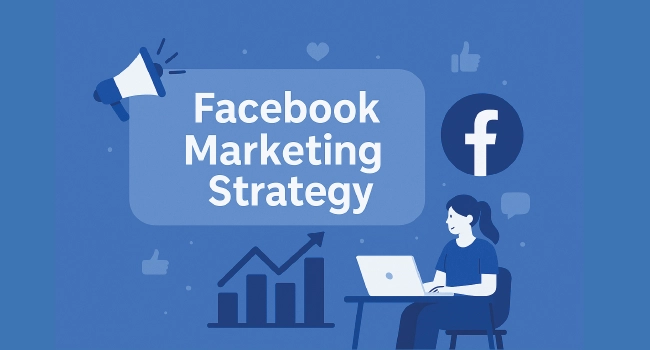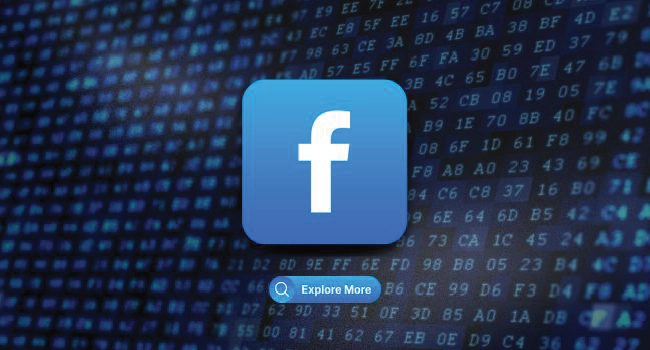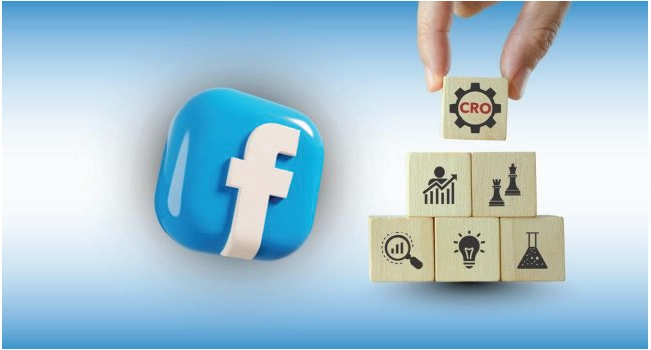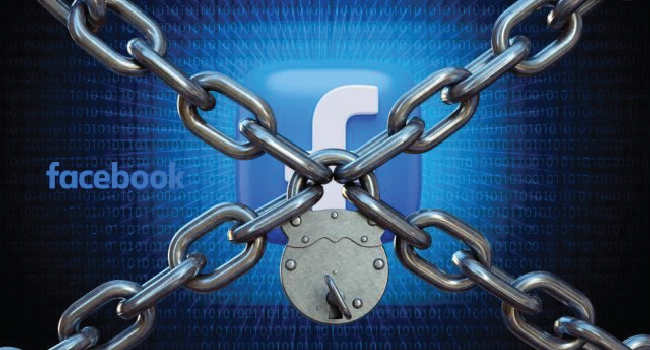A strong Facebook marketing strategy is one of the best ways to grow your brand today. With billions of people active on the platform each month, Facebook still offers unmatched reach for businesses of every size.
I’ve seen small shops use it to build loyal communities, while global companies rely on ads to scale faster. The difference between the two often comes down to having a clear plan.

Algorithms evolve, video format keeps rising, and privacy updates reshape targeting. But you don’t have to feel overwhelmed. I’ll walk you through the steps in plain language.
Together, we’ll look at how to blend content, ads, and analytics into a strategy that drives real results. By the end, you’ll know how to shape your plan to fit your goals, your audience, and your budget.
How the Facebook Algorithm Works

Your Facebook marketing strategy depends on one simple truth: the algorithm decides what people see. Every time you post, Facebook looks at a set of signals and makes predictions about how valuable your content will be for each person’s feed.
Here’s what matters most right now:
-
Who posted: People see more from friends, family, and communities they interact with often.
-
Content type: Reels and video get extra weight, but images, carousels, and polls still have strong roles.
-
Recency: Fresh posts appear higher than older ones.
-
Engagement quality: Comments, shares, and time spent watching your post all boost reach. Likes matter, but conversations matter more.
-
Originality: Facebook favors unique posts. Copy-pasted or reposted content gets less visibility.
To make this work for you, focus on content that sparks meaningful interaction. Instead of asking people to just "like" your post, ask a question, share a quick story, or show behind-the-scenes moments. These small changes increase the chance of your posts being shown to more people.
Now, here's a powerful tip: engagement is everything. The more reactions and comments your posts get, the more Facebook will push them into feeds. That's why smart marketers give their content a boost at the right time.
Think of it as giving your content momentum. Once people see others interacting, they're far more likely to join in.
Facebook Content Strategy for Maximum Reach
A great Facebook marketing strategy needs a strong content plan. Posting at random won’t get you far. You need the right mix of formats, timing, and tone to grab attention.
Facebook Reels Marketing
Video is at the center of Facebook right now. Reels get priority in the feed, making them one of the best tools for organic growth.
Keep your clips short, vertical, and engaging from the very first second. Add captions since many people scroll without sound, and don't be afraid to test trending audio when it fits your brand.
Using Facebook Groups for Organic Growth
Groups are still one of the best places to build community. When you post in Groups, Facebook sees that activity as more meaningful, which helps your reach.
Use Groups to share exclusive tips, start discussions, or even gather feedback on your products. The conversations you spark here carry over into better visibility for your Page too.
Page Content Mix That Works
Balance is key. Your Page should combine:
-
Reels for discovery.
-
Carousels and photos for quick engagement.
-
Polls and questions for interaction.
-
Longer videos for watch-time.
And yes, timing matters. Posting at the best time to post on Facebook gives you a higher chance of landing in active feeds. Experiment with different slots, track your insights, and double down on what works best for your audience.
Facebook Lead Generation and Conversion Strategy

Your Facebook marketing strategy should guide people from first seeing your post to taking action. That action could be joining your list, starting a chat, or buying directly. Let’s look at the practical ways you can make this happen.
Lead Ads for Easy Sign-Ups
Lead Ads let people submit their info without leaving Facebook. They work well for newsletters, free guides, or event sign-ups. To get the most out of them:
-
Keep the form short, name and email are usually enough.
-
Offer something valuable, like a discount or bonus content.
-
Sync the leads to your CRM so follow-up happens instantly.
Click-to-Messenger Campaigns
Messenger is still one of the best tools for conversion inside Facebook. You can run ads that open a chat window when someone clicks. This allows you to:
-
Answer questions in real time.
-
Share links, images, or even mini-catalogs directly in chat.
-
Use automated welcome messages to greet people right away.
For example, a home cleaning service I worked with used Messenger ads to connect directly with local families. They set up quick reply buttons like "Book Now" and "Get a Quote." Within a month, Messenger became their top source of new clients.
Preparing for the Checkout Change
Facebook is phasing out native checkout, so you need to send people to your website or Messenger for the final step.
Make sure your landing page is fast, mobile-friendly, and matches the promise in your ad. If you show an offer in the ad, the same offer should appear on the landing page to avoid drop-offs.
Driving Higher Engagement Before Conversion
Not every ad has to push for an immediate sale. You can run campaigns designed to spark posts with engagement first. Think polls, quizzes, or community-focused content. Once people interact, you can retarget them later with sales offers. This warms up your audience and lowers your overall ad costs.
Facebook Analytics and Tracking
Not one Facebook marketing strategy is complete without tracking. You can’t improve what you don’t measure, and Facebook gives you powerful tools to connect the dots between your ads, website, and sales.
Why Tracking Matters
When someone clicks your ad, views a video, or fills out a form, you need to know if that action turned into revenue. Tracking helps you:
-
See which ads drive actual sales.
-
Understand which audiences respond best.
-
Optimize your budget toward the highest-performing campaigns.
Conversions API (CAPI)
Pixel tracking alone isn't enough anymore because of privacy updates. The Conversions API sends events directly from your website or server to Facebook.
How to use it:
-
1. Connect your website platform (Shopify, WordPress, or custom site) to Ads Manager.
-
2. Match events like "Purchase," "Add to Cart," or "Lead."
-
3. Test events in Events Manager to confirm data flows correctly.
This creates a more reliable data stream, giving you stronger reporting and better delivery optimization.
Aggregated Event Measurement (AEM)
When multiple events happen, Facebook prioritizes the most important ones. You set this order in AEM. For example:
-
1. Purchase
-
2. Add to Cart
-
3. View Content
This hierarchy ensures Facebook tracks what matters most when privacy restrictions limit signals.
Incrementality Reporting
Inside Ads Manager, you can now view incrementality. This shows whether your ads caused the conversions or if people would have converted anyway. Use it to test awareness campaigns or to prove the value of your ads beyond last-click attribution.
Practical tip: I once helped a small online store track purchases using CAPI and AEM. Before setup, their reports missed about 40% of sales. After setup, they could clearly see which campaigns brought the most revenue and scaled those ads with confidence.
Privacy and Compliance in Facebook Marketing

Privacy rules shape how your Facebook marketing strategy performs. Laws in different regions, especially in the EU, limit how much targeting data advertisers can use. If you want your campaigns to succeed, you need to plan for these restrictions instead of fighting them.
Less Personalized Ads in the EU
People in the EU can now choose to see fewer personalized ads. This means you can't always rely on narrow targeting like interests or behaviors. Instead, Facebook delivers broader campaigns. To adapt:
-
Focus more on creative that speaks directly to your audience.
-
Use broad targeting and let the system optimize delivery.
-
Build engagement audiences by encouraging comments, video views, and page interactions.
How to Stay Effective Under Privacy Limits
Here are practical steps you can apply right away:
-
1. Run content that creates natural conversation, like behind-the-scenes posts or polls.
-
2. Retarget based on actions people take on your Page, not just website data.
-
3. Keep testing different creatives: images, videos, and ad copy to see what resonates.
Why Engagement Is the Secret Weapon
When detailed targeting is limited, engagement signals become more valuable. Posts with strong interaction are shown to more people because Facebook sees them as meaningful. That's why you should create content that sparks reactions and discussion. Even simple tactics like polls or quizzes can help increase engagement on Facebook and keep your reach strong.
Proven Facebook Marketing Tactics That Work
Your Facebook marketing strategy should include simple, repeatable tactics you can use right away. These approaches help you get noticed, spark interaction, and turn attention into action.
Content Templates That Drive Results
-
Hooks for Reels: Start with a question or bold statement. Example: “Guess what happens when…” or “Three things I wish I knew before…”.
-
Group Prompts: Post “This or That” questions to get quick replies.
-
Ad CTAs: Use direct, action-focused buttons like “Shop Now” or “Send Message.”

Engagement Boosters
People scroll fast, so give them a reason to stop. Try these:
-
1. Polls about trending topics in your niche.
-
2. Quick contests with small rewards.
-
3. Short behind-the-scenes clips that show your personality.
These are simple to create and often outperform polished content because they feel authentic.
A/B Testing Ideas
Don’t assume you know what will work. Test it. You can:
-
Compare short vs. long captions on the same ad.
-
Try one product image vs. a lifestyle photo.
-
Test two calls-to-action: “Shop Now” vs. “Learn More.”
For example, a local clothing boutique tested two ad creatives: one with a plain product photo and another with a model wearing the outfit in a casual setting. The lifestyle version pulled 45% more clicks, showing the power of testing before scaling.
Why This Works
These small tweaks keep your content fresh and improve results without increasing your budget. It’s like running mini-experiments that tell you exactly what your audience likes. Over time, you’ll have a library of winning formats you can use again and again.
Conclusion
A clear Facebook marketing strategy helps you stand out in a crowded feed and turn casual scrollers into loyal customers.
The key is balance, mixing Reels for discovery, Groups for community, ads for scale, and smart tracking for proof of results. Add consistent testing, and you’ll always know where to put your energy.
The biggest wins come when you focus on what people actually enjoy engaging with. If your posts spark conversation, Facebook rewards you with more reach. If your ads solve problems clearly, people click and convert. Simple steps repeated with intention lead to real growth.
Now it’s your turn. Start applying one or two of these strategies today and watch how quickly you gain momentum.
FAQs | Frequently Asked Questions |
Is Facebook marketing still effective compared to other platforms?
Yes. Facebook’s massive user base and advanced ad system make it one of the most reliable channels for both awareness and conversions. The key is adapting to the current focus on video, community-driven posts, and automation.
How much should I spend on Facebook Ads to see results?
You don’t need thousands to start. Even $10–$20 per day can give you enough data to test audiences and creatives. Once you see what works, you can scale gradually while staying profitable.
How does the Facebook algorithm decide what people see?
The algorithm looks at signals like who posted, the type of content, recency, and engagement. Posts with comments, shares, and longer watch-time rank higher, so focus on creating content that sparks conversation.
What changes are happening to Facebook Shops?
Native checkout inside Shops is being phased out. This means you’ll need to drive people to your website or Messenger for the final purchase step. Make sure your landing pages are mobile-friendly and match your ads for a smooth experience.
